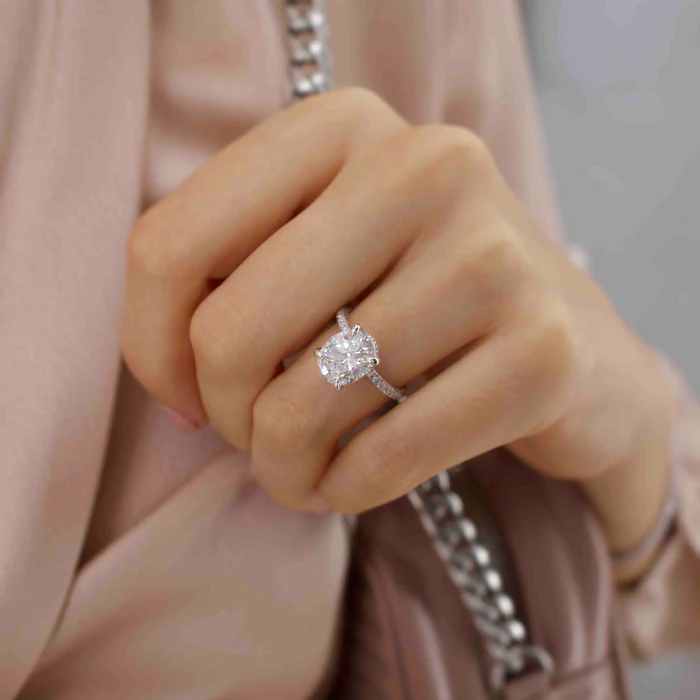
Over the past few decades, the landscape of fine jewellery in the UK has been dramatically transformed, with moissanite emerging as one of the most popular alternatives to traditional diamond jewellery. Moissanite, a gemstone that was first discovered in 1893 by French chemist Henri Moissan, has gained immense popularity in recent years, especially within the engagement ring market. In cities like Manchester, engagement rings Manchester have become a symbol of love, commitment, and the pursuit of more sustainable options. The rise of moissanite jewellery in the UK reflects a growing awareness among consumers who seek not only beauty but also ethical choices when it comes to purchasing precious stones.
The history of moissanite as a jewellery option is rooted in the discovery of the stone in a meteor crater. Initially, it was believed to be diamond, but upon further analysis, it was identified as silicon carbide, a much rarer and harder material. While diamonds have long been associated with luxury and romance, moissanite was an unknown gem to most until the late 20th century. The first significant breakthrough came in the 1990s, when advancements in technology made it possible to create moissanite stones in a laboratory. This innovation made the gemstone more accessible to consumers, and its popularity began to grow, especially as people began to search for more affordable and ethical alternatives to diamonds.
Moissanite’s rise in the UK has been driven by several factors, including its impressive durability and optical properties. The stone is nearly as hard as diamonds, ranking 9.25 on the Mohs scale of hardness, making it an ideal choice for jewellery that will be worn daily, such as engagement rings. Furthermore, moissanite has an exceptional brilliance that exceeds that of diamonds, making it an attractive option for those looking for a stone that dazzles with incredible sparkle. Its fire and brilliance make it stand out in any setting, particularly in engagement rings where its vibrancy can enhance the emotional significance of the piece.
As the UK’s jewellery market has evolved, the demand for moissanite engagement rings has grown steadily. Particularly in cities like Manchester, where trends in fashion and jewellery are at the forefront of the UK’s retail landscape, moissanite has found a place in both contemporary and traditional settings. Moissanite is now featured prominently in both vintage-inspired and modern engagement ring designs, allowing couples to choose from a wide array of styles that reflect their unique preferences.
In addition to its aesthetic appeal, moissanite jewellery appeals to a growing demand for more sustainable and ethical jewellery options. In an era where concerns about the environmental impact of mining practices and human rights violations associated with diamond production are prevalent, many consumers are choosing moissanite because it is created in a controlled, ethical environment. The production process of moissanite eliminates the harmful impacts of traditional diamond mining, making it a more environmentally friendly option. Furthermore, the affordability of moissanite compared to diamonds means that couples can invest in a higher-quality stone without the financial strain often associated with purchasing a diamond.
Today, moissanite continues to evolve in the UK, with jewellery designers constantly finding innovative ways to incorporate this stunning gemstone into their creations. Whether it’s in classic solitaire rings, halo designs, or intricate vintage-style bands, moissanite is proving itself to be a versatile and valuable addition to the fine jewellery market. The future of moissanite in the UK looks bright, as more consumers turn to this gem for its beauty, affordability, and ethical appeal.
As the evolution of moissanite jewellery continues in the UK, it is clear that this gemstone will remain a key player in the world of engagement rings, offering couples an ethical, sustainable, and stunning alternative to traditional diamonds.